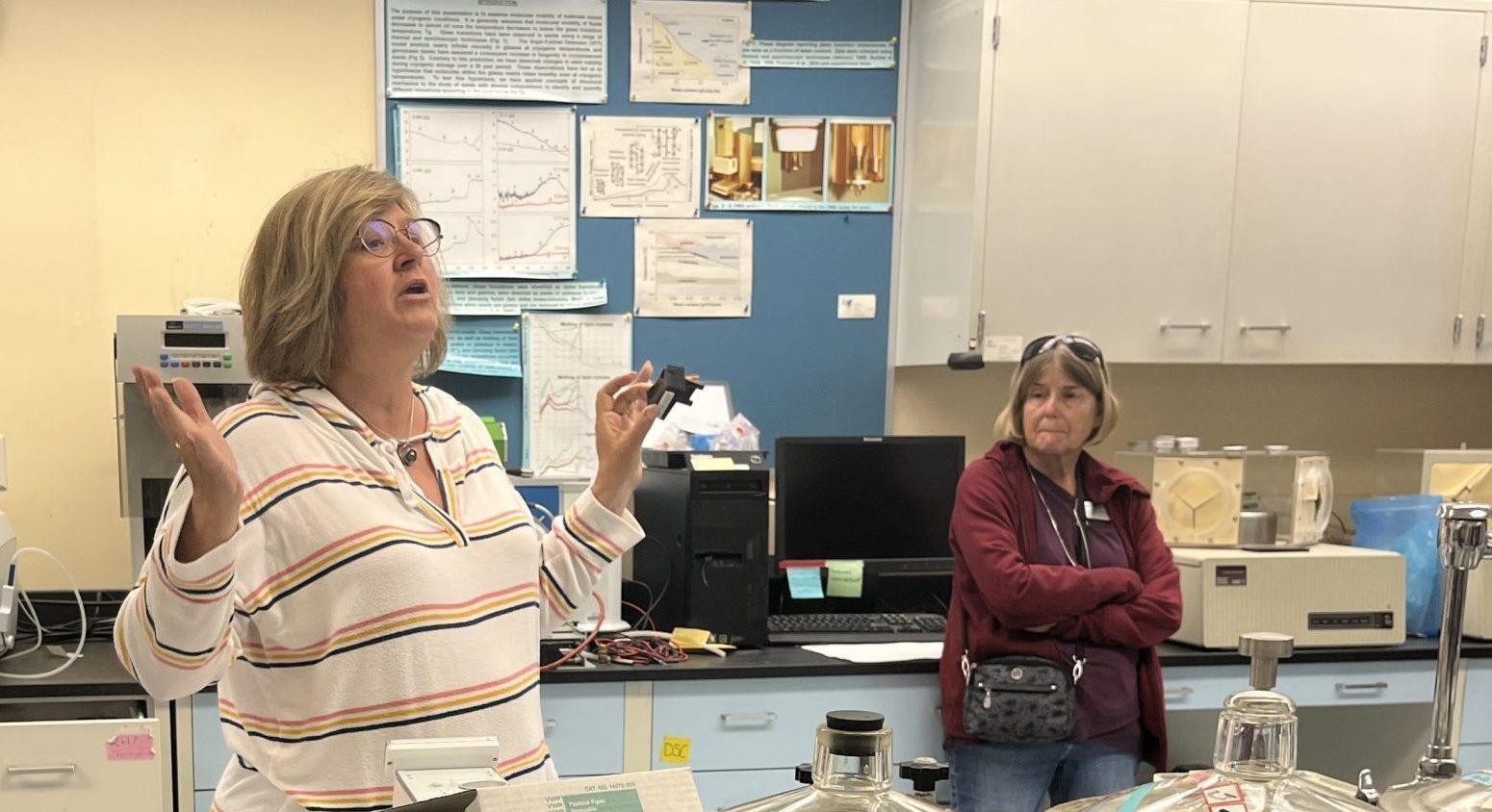RIN-vigorating Frozen Plants: Early Results from CPC’s Seed Longevity Study Exploring Germination and RNA Integrity (RIN)
An Enduring Collaboration
State-of-the-art seed storage methods are the foundation of biodiversity conservation for wild rare plant species, as well as global food security for crop species and their wild relatives. CPC and our partners at the USDA-National Laboratory for Genetic Resources Preservation (NLGRP) in Fort Collins, CO, have a strong shared interest in determining the best methods to preserve seeds for long term storage and to monitor the health of plant collections. The storage vault at NLGRP holds hundreds of accessions of rare plants in CPC’s National Collection, as a result of our Material Transfer Research Agreement. In 2020, IMLS awarded a National Leadership Grant to CPC that funds a collaboration with NLGRP and our network of Conservation Partners to evaluate the usefulness of RNA Integrity (RIN) as a biochemical indicator for seed health in storage.
Visiting the Vault
At our 2022 National Meeting, Conservation Officers from the CPC network and the CPC Board of Trustees had an exceptional opportunity to visit NLGRP’s one-of-a-kind science and germplasm preservation facilities. The tour included a brief but exciting dip into the -18 C constant-temperature environment of the USDA seed vault—an enormous walk-in freezer housing millions of agricultural seeds from all over the world. NLGRP staff led breakout groups with the conservation officers to discuss specific topics, including preservation of clonal tissues, RNA integrity extraction, liquid nitrogen handling, storage of fern spores and exceptional seeds, and dormancy-breaking techniques for germination trials. Many of our network members were thrilled to see for the first time the destination of the conservation seed collections they so carefully prepare and send for safety duplication.
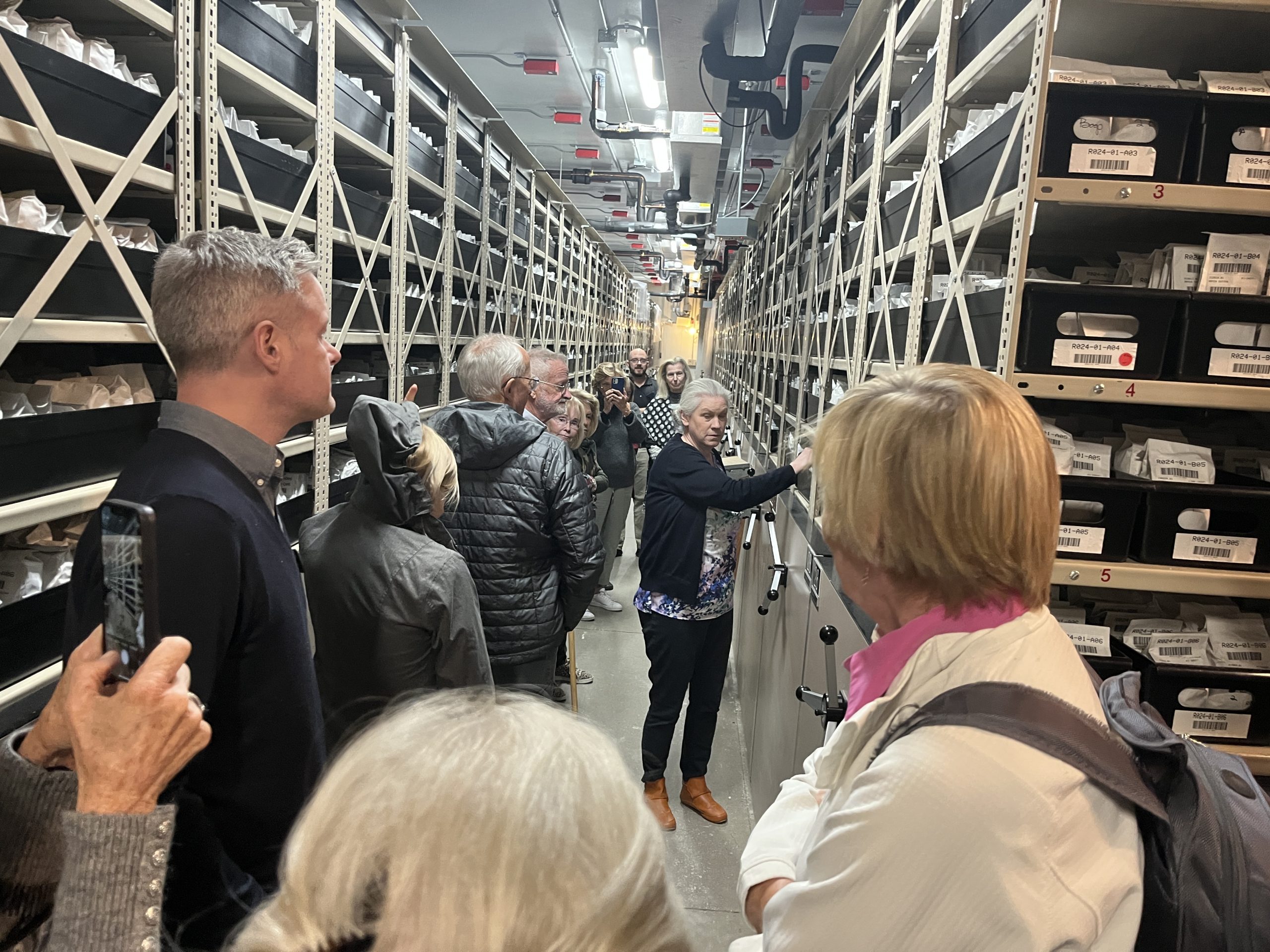
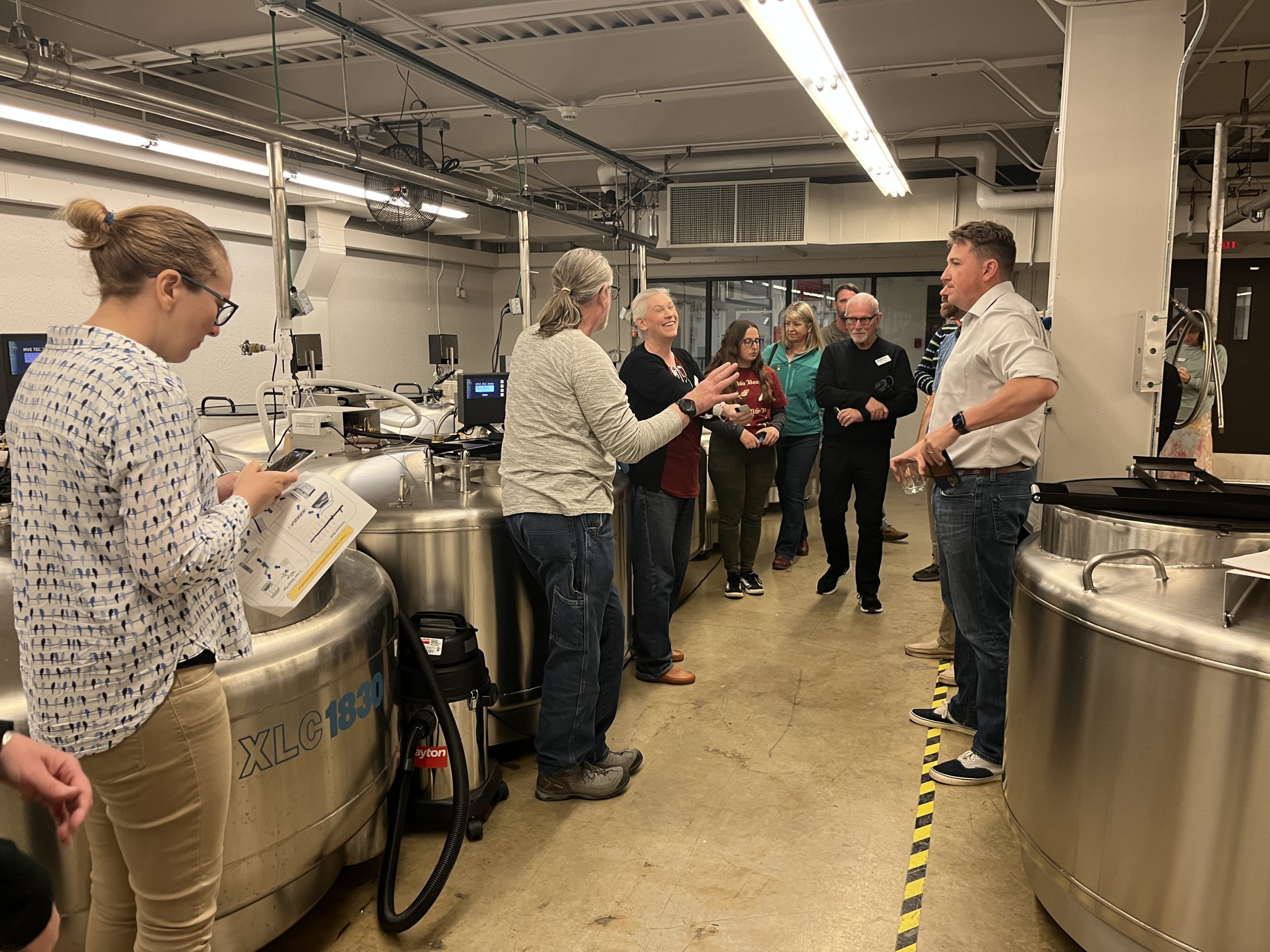
Early Results
During the CPC National Meeting session at Denver Botanic Gardens, Dr. Chris Walters shared her early interpretation of the preliminary RIN project data. Comparing germination rates of freshly collected seed versus long-term frozen seed, she found substantial variation in the loss of germination following freezing—indicating that wild rare species vary widely in their innate ability to survive in seed storage. Dr. Walters identified three interesting types of storage behaviors in the study species. In species with long-lived seeds, the germination of newly collected seeds is roughly equivalent to those stored for 15 years or more in frozen collection. Other species have short-lived seeds that lose more than half of their germination-based viability while in storage. In the third group of species, seeds with dormancy loss demonstrate higher germination rates following long-term freezing compared to freshly collected seeds—perhaps because dormancy has been reduced in frozen storage. In her initial evaluation of the new RIN metric of seed health, Dr. Walters reported that freshly collected seed had high RNA integrity regardless of germination rate. This result indicates that collectors are sending high-quality seeds. It also highlights the difficulty in comparing germination across species with vastly different dormancy types. In the preliminary data, RIN was lower on average in long-term frozen seed than in freshly collected seed, but robust analysis of this metric will require RNA extraction and testing from more species for both newly collected and long-term stored seeds.
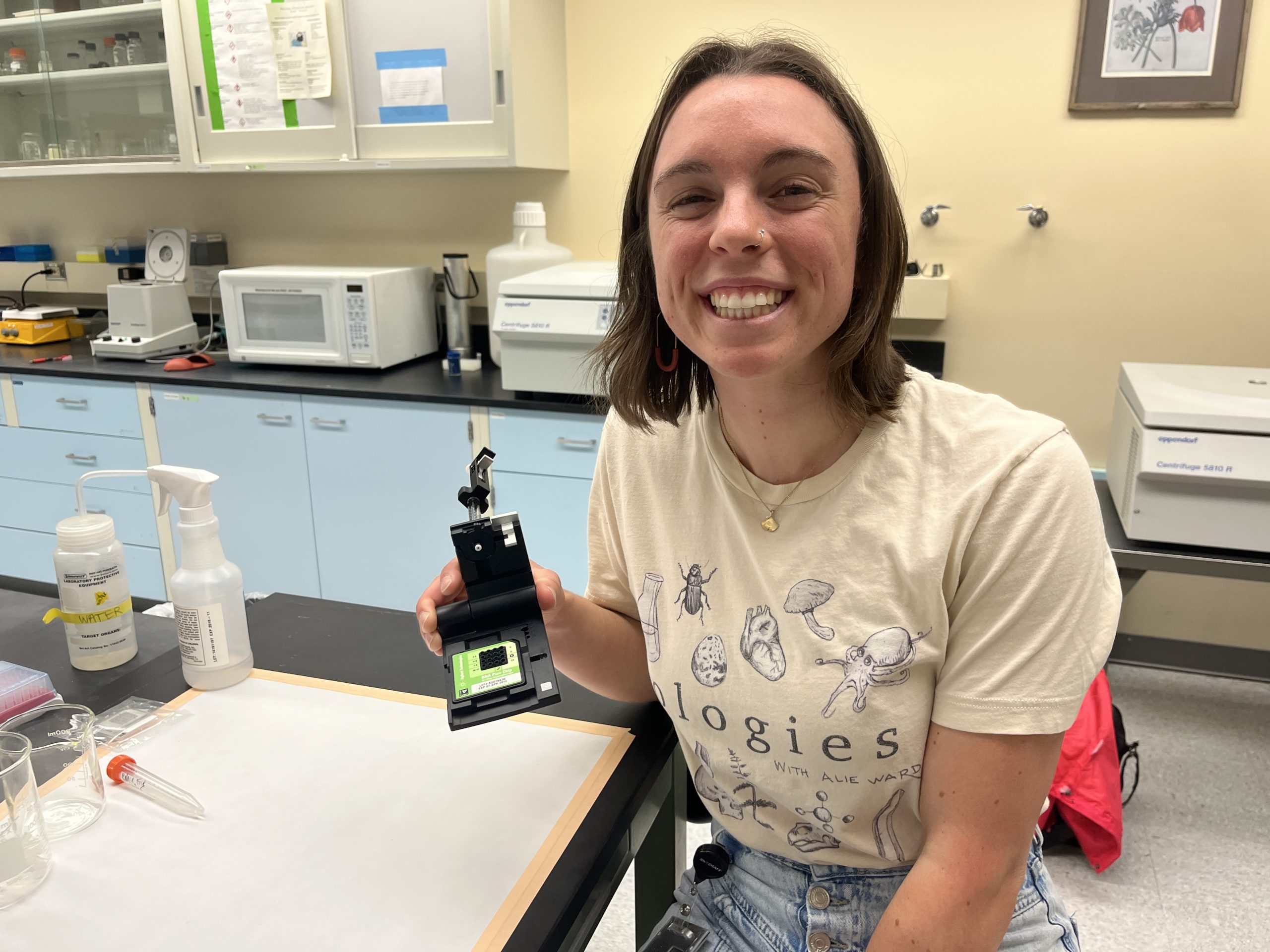
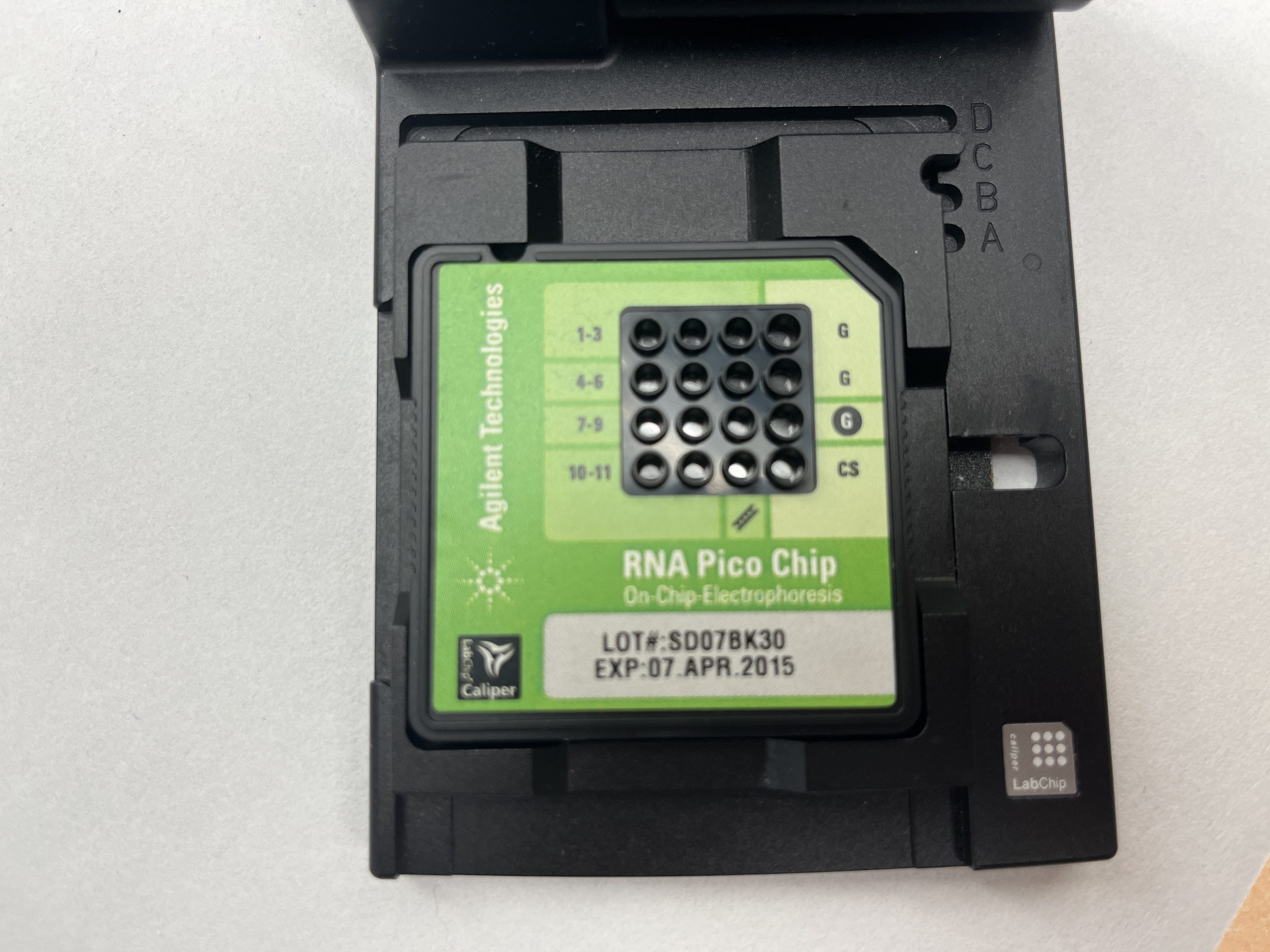
More Work to Do!
While continuing to measure RNA integrity and germination in the study species, Dr. Walters and her team at NLGRP will also begin “simulated aging” experiments—evaluating RIN and germination in a subset of species at numerous time points and elevated temperatures. This summer, Dr. Katie Heineman from the CPC National Office will follow up with conservation officers to learn about their collection plans and retrieve any additional study species’ germination records that may inform germination testing strategies at NLGRP. CPC Summer Fellow Eduardo Charvel will compile a comprehensive set of life history traits for use in a predictive computer model, which will evaluate whether particular traits can predict declines in germination rate and RIN estimates of seed health for wild rare plant species. Eduardo is hoping to report back on his project at the end of the summer, so stay tuned!
